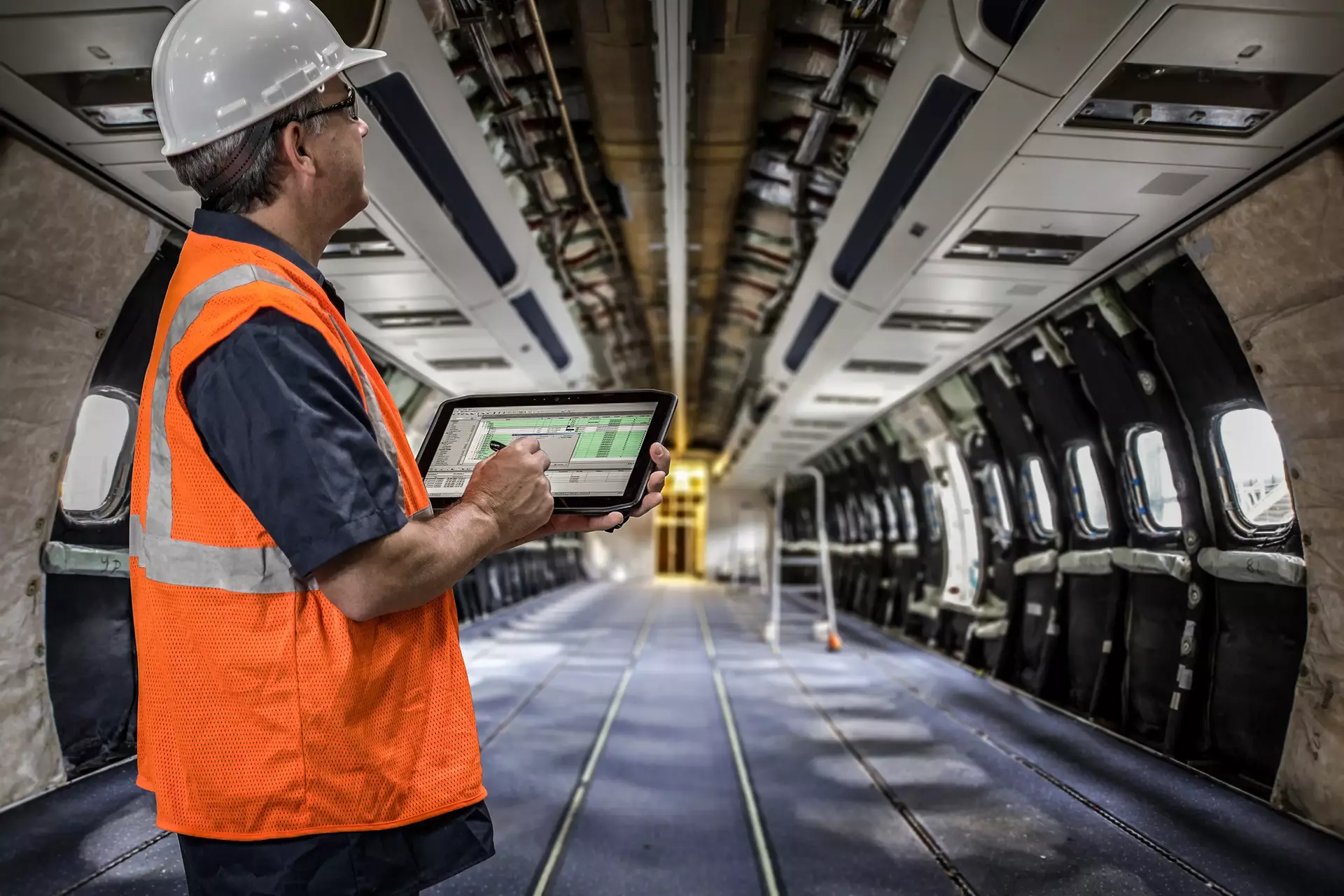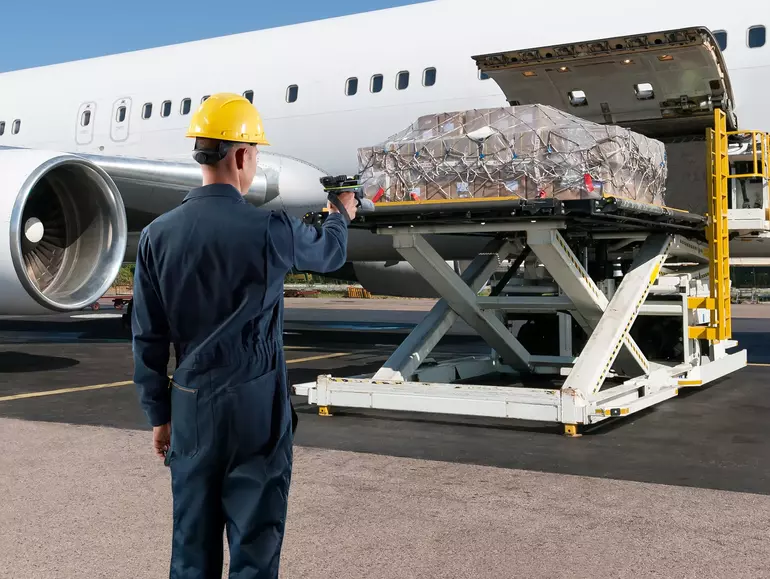Furthermore, as air travel has become more competitive, the search for reducing costs and finding new efficiencies is never-ending. There are also standards and regulations to follow (from bodies such as the FAA and IATA) as well as guidance from airlines, airports and ground crew organizations.
Technology is often seen as a solution to modernize, simplify and streamline processes, and a way to ensure and prove regulations are followed. Rugged, mobile technology is used across many industries to increase productivity, create an auditable, digital trail of paperwork and improve workflows. But when you’re working in a hazardous environment, deploying mobile technology can be fraught with complexity due to the risk of sparks or heat from a device causing a fire or explosion.
At BARTEC we know there’s an easy way to mitigate this risk. That is by deploying Ex devices (reliable products for potentially explosive areas according to EU Directive 94/9/EC) across an aviation setting, and many air travel customers are doing just that.

Here are three reasons why they are doing so:
1. Changing hazard classification
Depending on the hazard zone classification, different restrictions will apply to the type of handheld technology you can use in that area. But hazard zones are not static in an airport. As conditions change, so too does the hazard classification. A key example of this is when an aircraft is being refueled. Essentially when fuel tanks are open, the areas around an aircraft are defined as Zone 1 / Class I, Division 1 or Zone 2/Class I Division 2 flammability zones.1 This requires the use of Ex devices which are intrinsically safe. Ex devices don’t have enough electrical energy to ignite by sparking or over-heating, even in the event of a malfunction, which makes them safe to use across all hazardous classifications.
There’s a long list of aviation operations that create a hazardous working environment, including fuel storage and transportation, fuel tank inspections, routine inspections, line maintenance and various ramp service operations. Risks also exist when servicing and maintaining aircraft – even during baggage handling and other activities where there may be less perceived risk. This is because many tasks around an aircraft will be carried out concurrently, so while some processes may not be hazardous in isolation, if they take place at the same time as refueling, for example, ground crew could find themselves in a hazardous zone.
2. Advisory complexities
With so many stakeholders in air travel, from independent bodies like FAA and IATA to aircraft manufacturers and supply chains across the globe, all with differing standards, the resulting advisory documentation can be complex to understand. The best advice we can give is to mitigate all risk wherever possible, wherever there is any element of doubt. This is ideally through the use of Ex devices in any areas of aviation where a risk is present - as well as surrounding areas where there may not be a perceived risk yet employees are crossing into and out of risk areas regularly.
3. Risk mitigation
Operating with a mix of intrinsically safe and non-intrinsically safe devices in aviation is possible. Another option is to invest in intrinsically safe devices only. By ensuring that all workforce devices are safe to be used in all classifications of hazardous environments, you’re providing maximum protection to staff and assets.
In fact, BARTEC is finding that some aviation customers are acting with complete caution by investing in intrinsically safe devices across all zones. A number of customers in the Middle East in particular, have adopted this approach and have invested in BARTEC mobile technology, support and expertise across all hazardous environments. Others are using a combination of intrinsically safe and non-intrinsically safe devices and both options are acceptable.
Are you interested in exploring intrinsically safe mobile device deployment for aviation operations? Click on the link to browse through BARTEC's product portfolio. Do you need advice on which devices would suit your operation best? Contact a BARTEC expert at shop(at)bartec.com or give us a call at (281) 214-8542.
